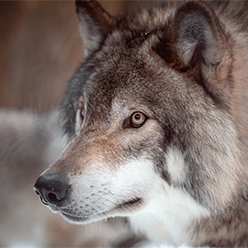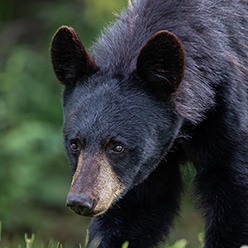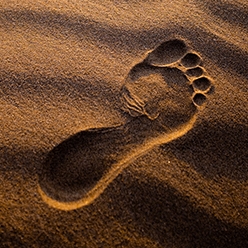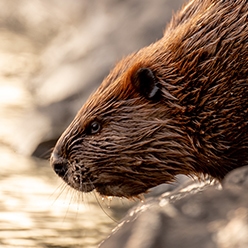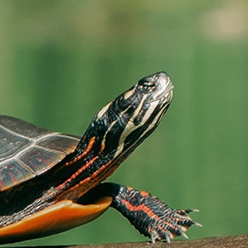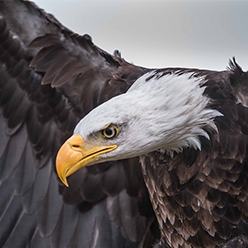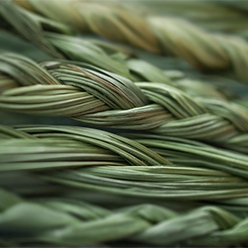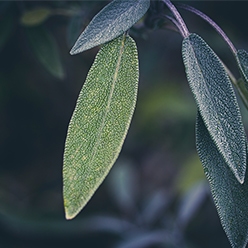The Mino M’shki-ki Indigenous Health Team uses both urban-based and land-based sites in Kirkland Lake and Temiskaming Shores.
In Kirkland Lake, it operates as part of the Keepers of the Circle Indigenous community hub run by TNWSG. Land-based programming is offered as part of Beaverhouse First Nation’s Dorothy Lake camp.
In Temiskaming Shores, it operates out of a warm and welcoming space within the Temiskaming Hospital, governed by a reconciliation-based partnership agreement. Land-based programming is offered on land located on Lake Temiskaming, which was gifted by the Municipality of Temiskaming Shores.
Full Moon Ceremony
Walking Out Ceremony
Preparation to Rites of Passage Ceremony
Sweat Lodge Ceremony
Anishinabek Names and Clans
Women Teaching
Men’s Group (ex. drumming sharing circle)
Youth Night
Family Teachings
Water/Berry Teaching
Medicine Picking
Seasonal Harvesting
Drumming
Fire Talk
Dancing Teachings
Regalia Making (Men/Women/Children)
Traditional Skirt making
Medicine Pouch making and teaching
Birch Bark offering dish
Beading Classes
Camping retreat
Language gathering
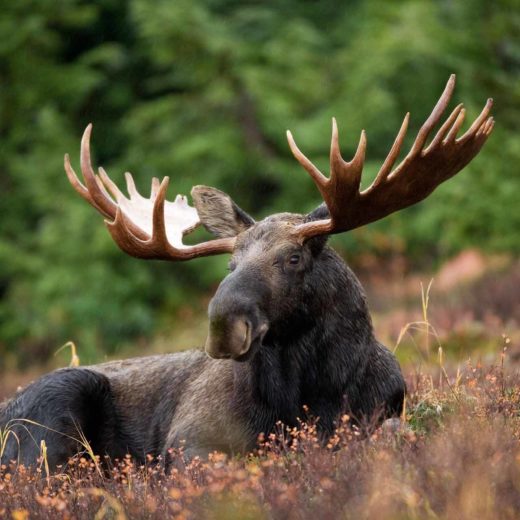
Teachings
To provide health services in an “Indigenous way”, the Elders Council has encouraged the MINO M’SHKI-KI INDIGENOUS HEALTH TEAM to go back to our “old ways”, our traditional ways. There was a time when our people were healthy and strong, and the wisdom that kept us that way is still present, we simply have to put it into practice. To honour this guidance, the Indigenous Leaders Circle has chosen the moose as its symbol for the Mino M’shki-ki Indigenous Health Team. Here’s why…
In this territory, the moose was the foundation for our people’s health and wellbeing:
Our team honours the moose-medicine teachings and gives our time, skills and abilities to the health and wellbeing of the Indigenous people in the District of Temiskaming. No matter what our area of expertise is, we actively incorporate the wisdom of Indigenous teachings. This is our team’s commitment to quality healthcare provision.


